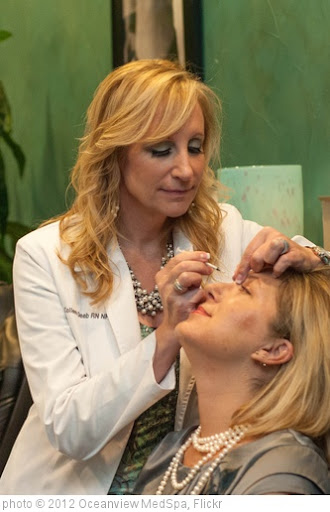

I know this blog is probably frequented by women more than men, and I also know men don’t tend to think as much about their skin care needs. But I also thought it was high time to address some quick pointers for men’s skin care – and the women who are most likely to make sure they follow directions.
Wash your face.
And I don’t mean with a regular bar of soap or body wash. There are plenty of inexpensive
face wash options out there that won’t leave you smelling like a girl. For
example, Dove carries a men’s
line of washes for your body AND face.
Exfoliate your face.
Put the sandpaper down. You need to exfoliate several times a week to remove
dirt and grime from your face that can cause acne and razor bumps. Look for
either a scrub or use nylon gloves when you wash to knock out two steps in one.
If you’re wondering how to exfoliate, check out our blog
post on the topic.
Moisturize your face.
Again, there are face lotions out there designed for men, so don’t think using
a moisturizer means smelling fruity all day. Choose one with an SPF of 30 or
higher and you’ll again knock out two birds with one stone. Check out Neutrogena’s
men’s product line that carries several different types.
SPF on all exposed
areas. Sun damage isn’t limited to just your face; it can affect your whole
body. Think about those older men whose skin looks like tanned leather. Use a
body lotion with SPF 30 or higher to keep your skin protected (and make it a
little softer).
Heat up before
shaving. Put a warm, damp towel around your face before shaving, or even
shave in the shower. The heat will help open your pores and soften your facial
hair, giving you a closer shave and exfoliating your skin at the same time.
Lather up before
shaving. Make sure to use a lotion, cream or gel product when you shave
your face. Just soap and water doesn’t cut it. The more smoothly the blades
move across your skin, the closer and better the shave you’ll get.
Shave with hair
growth. Don’t shave against the “grain,” so to speak, which will only cause
irritation. Shave in the direction your hair grows to cut down on razor bumps
and irritation.
Don’t rub, pat dry. Rubbing
your face dry will only cause irritation. Pat your face dry and immediately
follow up with an after-shave product.
Protect your eyes and
lips. These are sensitive areas on your face, so you want to keep them
kissable and looking good. Again, there are manly products for these areas, so
choose ones you like and use them on a daily basis.
Powder up. Whether
you’re an athlete or a couch potato, guys have lots of crevices that can get
itchy with a little bit of sweat. Use an antifungal powder or spray to keep
jock itch and athlete’s foot at bay.



